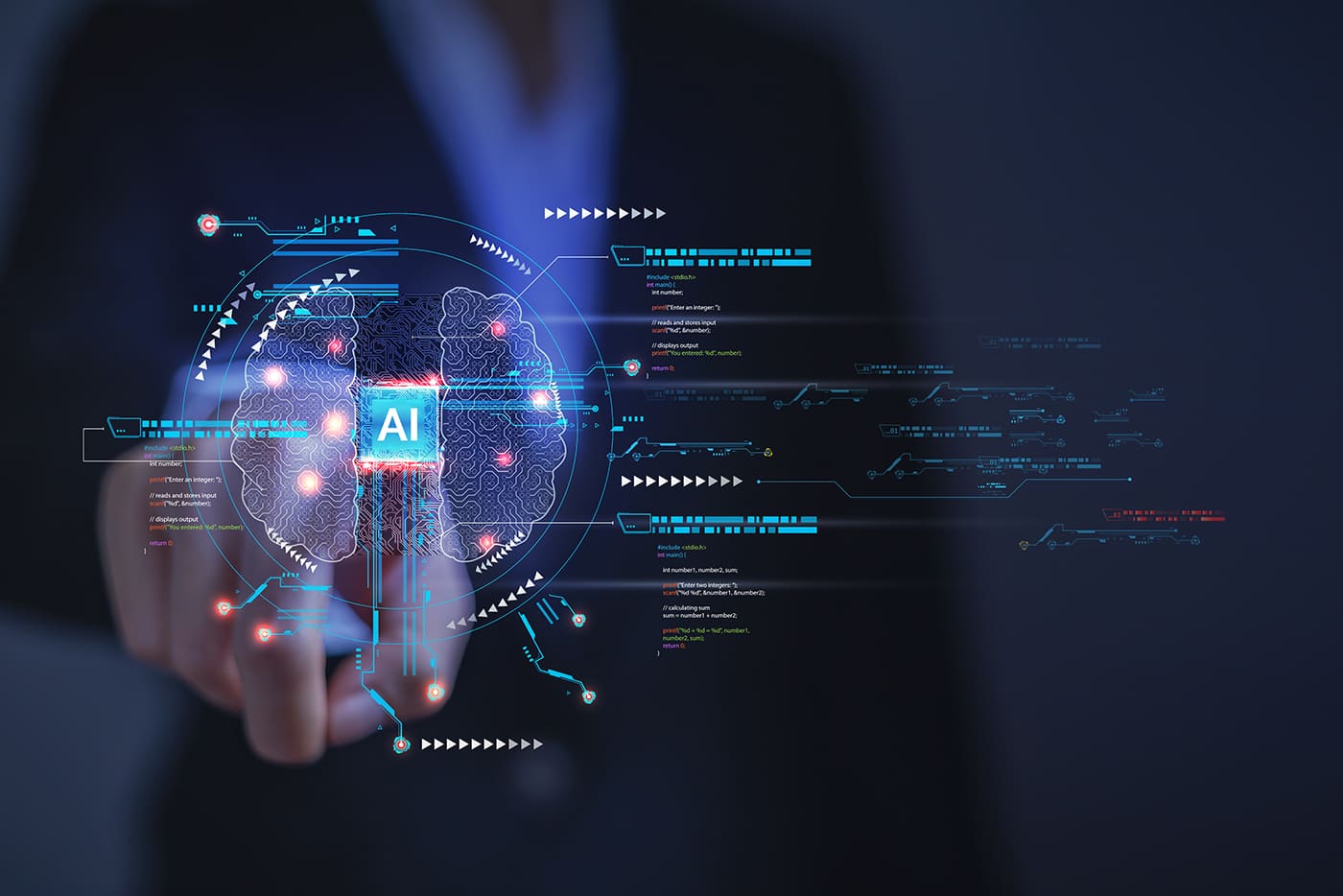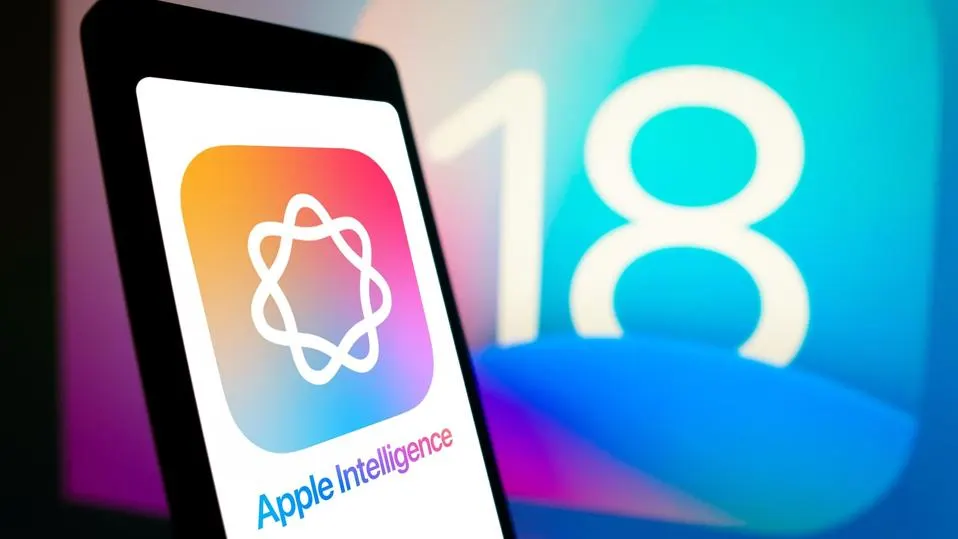Bringing Real-Time AI To The Core Of Your Business
22 February 2023
Artificial intelligence (AI) is big news right now thanks to a wave of viral applications such as ChatGPT and Dall-E, which have captured the public’s imagination.

Tools such as these and many others demonstrate the quantum leap that has taken place over the last few years in what AI is capable of. And this wave of innovation is set to hit the world of business, too, with a new generation of AI-infused apps set to redefine what is possible.
The most transformational will be those capable of achieving "real-time" AI. All AI is powered by information (data), and real-time data is the most valuable data of all. After all, what's going to be the most helpful when it comes to making decisions – knowing what's happening right now or knowing what happened a week ago?
Some of the most useful and renowned AI-powered applications have built their success on real-time AI. Think of Netflix, which uses up-to-the-minute information to recommend what movie or show you should watch next. Or Uber, which uses real-time AI to match passengers with drivers as quickly as possible. Even Google and Amazon rely on real-time AI to put adverts in front of users and recommend products to buy based on the latest shopping trends.
For the latest edition of my podcast, I spoke to Ed Anuff, who is Chief Product Officer at Datastax – which helps businesses operationalize data and put it to work in real-time AI applications. We spoke about how businesses that are able to move quickly into the real-time AI space will steal a lead on their competition, as well as be better placed to meet and exceed their customers' expectations.
What is real-time AI?
When we talk about AI in a business context today, we generally mean machine learning (ML). ML involves algorithms that are able to become increasingly efficient at carrying out their jobs as they are trained on bigger and bigger datasets. Real-time AI refers to ML algorithms that are capable of processing and learning from streaming data that's captured as it happens.
Some examples include:
Banks and credit card companies monitor financial transactions in real-time as they happen in order to identify ones that might be fraudulent.
E-commerce businesses such as Amazon analyze customer behavior in real-time in order to offer products and services that they are most likely to want to buy at that moment.
Online advertising platforms like Google and Facebook analyze what users are searching for in order to serve up more relevant ads that have a higher probability of leading to sales.
Self-driving car manufacturers monitor activity around the vehicle in order to help it safely navigate to its destination while avoiding hazards.
Cyber security specialists analyze network and email traffic in real-time to attempt to predict where hacking attacks or phishing communications may come from.
Anuff tells me, "AI and ML are about making predictions, based on … a set of observations … and in a real-time context those predictions are typically ‘what’s the next product you might be interested in?’, ‘when will my package arrive?’ ‘how long until my Uber arrives?’
“Real-time is about doing this continuously based on all of the data events that are happening [right now] … real-time means something that’s not after the fact.”
Where does real-time data come from?
Business activities and interactions can be broken down into events, and each of these events, if captured in a way that makes it possible to analyze, can become a piece of a real-time streaming dataset.
This could be anything from a credit card transaction to a clickstream of user interactions as they browse a website, to data collected from RFID scanners or computer-vision-equipped cameras in stores or on the street.
Once a business is able to collect these data points, they can be fed into ML algorithms that can spot patterns and trends. These might be too subtle to be detected by any human analysis, but nevertheless, they provide valuable insights that can be used to make predictions.
"And then if you tie it back to those points of interaction, you can tune into things that are actually going to impact your business – you can know if a customer is likely to be at the business at this time of day … without ever having to have a human come to that conclusion. So the business gets optimized in all sorts of amazing ways.”
Other sources of real-time data that are ripe for exploitation by AI-powered businesses include:
Social media activity- can be used by companies to track mentions of their brand and direct marketing activity in real time.
Sensor data from internet-of-things (IoT) equipment – Track the movement of people or enable predictive maintenance of tools and equipment.
Transactional and point-of-sale data – to identify fraud as well as spot upselling and cross-selling opportunities.
Environmental data such as weather, humidity, and pollution levels, and economic data such as stock prices and currency exchange rates – to understand their impact on markets and how they affect customer behavior.
Why is this important for businesses now?
The fact is that none of this is new – the examples we've discussed show that leaders in the field of technology, such as Netflix, Uber, and Amazon, have been using them for decades. What is comparatively new is that the ecosystem of machine learning and analytics providers, and the platforms that make it possible, are now within reach of just about any business.
As Anuff puts it, “The tools and capabilities for collecting and managing this data are now much more widespread … the reality is that every business is generating the data, [but] these tools and databases haven’t really been available.”
This is a result of the ongoing phenomenon we often see referred to as the "democratization" of AI. Technology that previously was the domain of Silicon Valley tech giants or the rarefied world of academia has now been packaged, commercialized, and made available to all. It's a natural progression, Anuff tells me, that mirrors what previously happened with the democratization of other technologies, from the earliest days of mechanization to the arrival of computers and the internet.
“It’s a pattern we’ve seen time and time again where there are new technological capabilities that are initially only understandable by experts … but then over time it democratizes to the point that mere mortals are able to go and use this in a wide variety of applications.”
And Anuff is particularly excited about how the convergence of different techniques and forms of AI analytics will lead to innovative new applications that will revolutionize what is possible in the near future.
A good example of this is the combination of image generation technology and natural language processing, which has made applications such as Dall-E possible that take written statements and turn them into pictures.
"It's like an iceberg, most of the stuff is under the waterline … a lot of things in the machine learning world have been happening under the waterline for a long time now, and they're suddenly being unlocked … by people being very creative and putting things together in new ways."
Related Articles
Will AI Solve The World’s Inequality Problem – Or Make It Worse?
We are standing on the cusp of a new technological revolution. AI is increasingly permeating every aspect of our lives, with intelligent machines transforming the way we live and work.[...]
How You Become Irreplaceable In The Age Of AI
In a world where artificial intelligence is rapidly advancing, many of us are left wondering: Will AI take our jobs?[...]
Why Apple Intelligence Sets A New Gold Standard For AI Privacy
In the rapidly evolving world of artificial intelligence, privacy concerns have become a hot-button issue.[...]
Can Your Device Run Apple Intelligence? What You Need To Know
Apple's announcement of Apple Intelligence has sent waves of excitement through the tech world.[...]
10 Amazing Things You Can Do With Apple Intelligence On Your IPhone
Apple Intelligence is poised to revolutionize the iPhone experience, offering a suite of AI-powered tools that promise to make your digital life easier, more productive, and more creative.[...]
Agentic AI: The Next Big Breakthrough That’s Transforming Business And Technology
The world of artificial intelligence is evolving at a breakneck pace, and just when you thought you'd wrapped your head around generative AI, along comes another game-changing concept: agentic AI.[...]
Sign up to Stay in Touch!
Bernard Marr is a world-renowned futurist, influencer and thought leader in the fields of business and technology, with a passion for using technology for the good of humanity.
He is a best-selling author of over 20 books, writes a regular column for Forbes and advises and coaches many of the world’s best-known organisations.
He has a combined following of 4 million people across his social media channels and newsletters and was ranked by LinkedIn as one of the top 5 business influencers in the world.
Bernard’s latest book is ‘Generative AI in Practice’.










Social Media